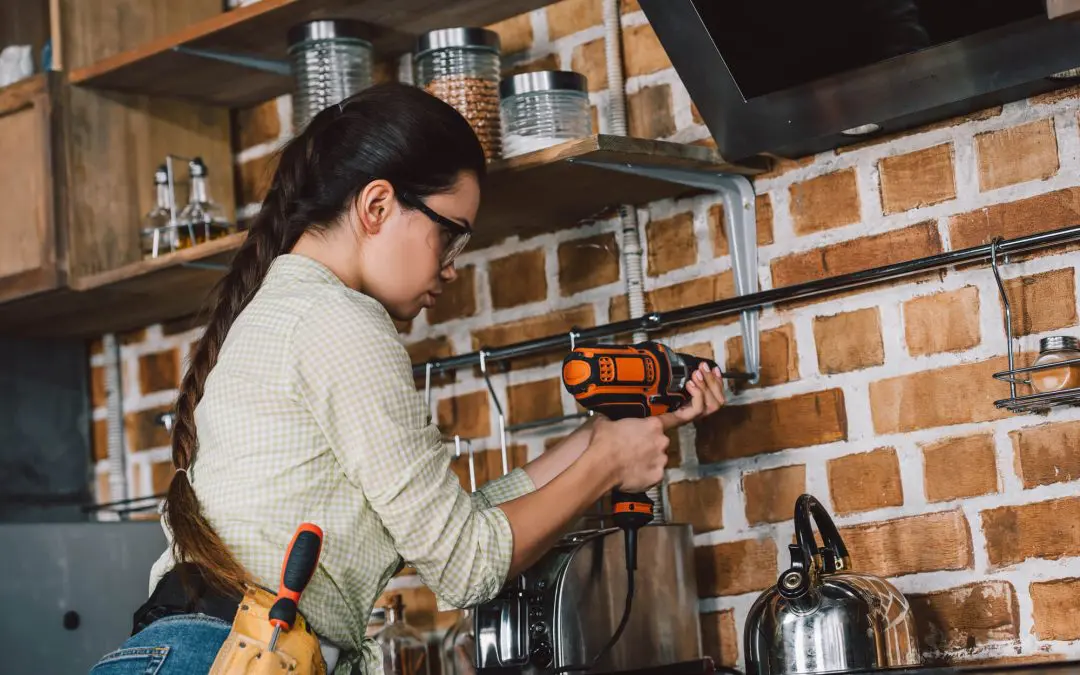Power tools are indispensable for both DIY enthusiasts and professionals in various fields. While these tools make tasks more efficient, they pose potential risks if not handled carefully. Prioritizing safety is crucial to prevent accidents and ensure a smooth workflow. This article provides essential power tool safety tips to help users operate these tools responsibly and minimize the risk of injuries.
1. Power Tool Safety Tips: Read the User Manual First
Before using any power tool, thoroughly read the user manual provided by the manufacturer. Familiarize yourself with the tool’s specifications, recommended usage, and safety guidelines. Each power tool is unique, and understanding its features is the first step in ensuring safe operation.
2. Wear Appropriate Personal Protective Equipment (PPE)
Always wear the necessary personal protective equipment when operating power tools. This may include safety glasses, ear protection, gloves, and dust masks, depending on the tool and the nature of the task. PPE acts as a crucial barrier against potential hazards and enhances overall safety.
3. Inspect Tools Before Use
Perform a visual inspection of the power tool before each use. Check for any signs of damage, loose parts, or frayed cords. Ensure that all safety guards and mechanisms are in place and functioning correctly. If any issues are detected, refrain from using the tool until necessary repairs are made.
4. Maintain a Clean Workspace for Power Tool Safety
Keep your workspace organized and clutter-free. Remove any unnecessary items from the area to prevent tripping hazards. Ensure proper lighting to enhance visibility and make it easier to operate power tools safely. A clean and well-maintained workspace contributes significantly to accident prevention.
5. Use the Right Tool for the Job
Select the appropriate power tool for the task at hand. Using the wrong tool compromises the quality of your work and increases the risk of accidents. Ensure that your chosen tool is suitable for the specific material and application.
6. Disconnect Power Sources
Disconnect it from the power source before making any adjustments, changing accessories, or performing maintenance on a power tool. This includes unplugging cords, removing batteries, or turning off the tool at the power outlet. This simple step prevents accidental start-ups and reduces the risk of injuries.
7. Follow Proper Handling Techniques for Power Tool Safety
Adopt proper handling techniques for each power tool. Maintain a firm grip, position your body correctly, and avoid awkward postures. Understanding the tool’s center of gravity and proper handling techniques gives you better control and reduces the likelihood of accidents.
8. Educate Yourself on Emergency Procedures
Be aware of emergency procedures, including the location of fire extinguishers, first aid kits, and emergency exits. In the event of an accident, quick access to these resources can make a significant difference in minimizing the impact of injuries.
Power tools are valuable assets in various industries, but their misuse can lead to severe injuries. By prioritizing safety and adhering to these essential tips, both DIY enthusiasts and professionals can enjoy the benefits of power tools while minimizing the risks associated with their use. Remember, a proactive approach to safety ensures a productive and incident-free working environment.
Bronze Star Home Inspections offers inspection services to customers in the Dallas-Fort Worth Metroplex. If you’re buying or selling a home, contact us to request an appointment.

